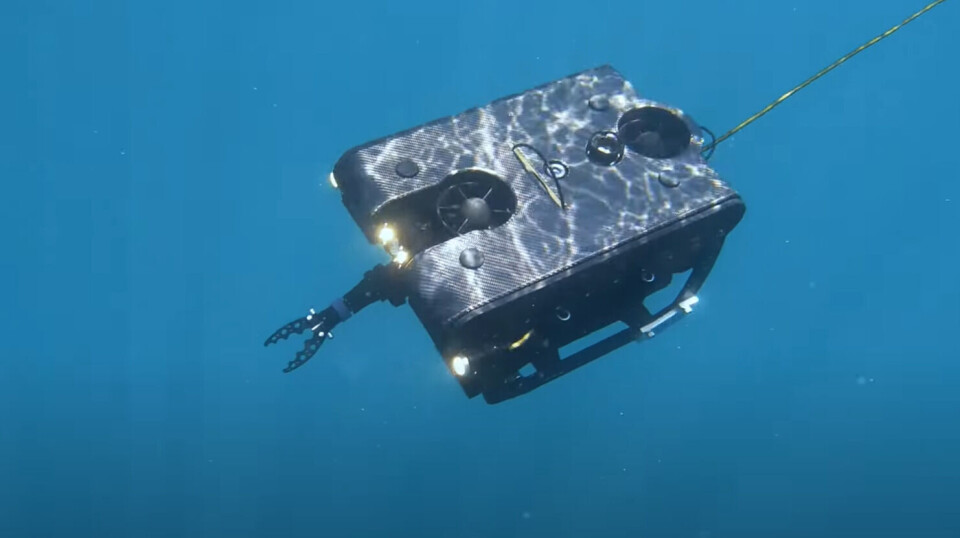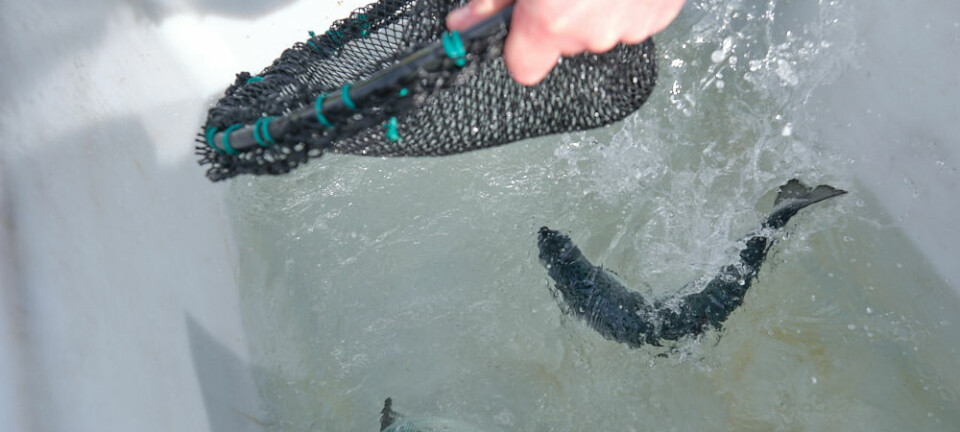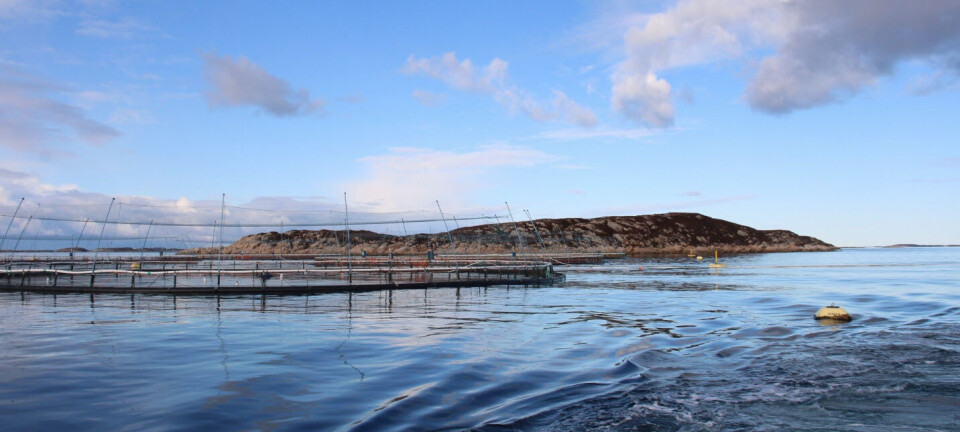
ROV speeds up aquaculture permitting in Maine
Underwater robot increases number of new site assessments by 220% and shortens wait for reports
Regulators in the eastern US state of Maine have invested in a new remotely operated vehicle (ROV) after trials with an older model enabled them to increase the number of site visits for aquaculture lease applications from 20 to 52 per year, speeding up the permitting process.
In the past, scientists from Maine’s Department of Marine Resources (DMR) Aquaculture Division would conduct underwater assessments of proposed lease sites by diving with SCUBA equipment and using recording devices such as GoPro cameras – a relatively time consuming and labour-intensive process.
In 2023, DMR began to explore ways to improve efficiency of site visits. “Efficiency is critical because of the increased interest in Maine’s aquaculture sector,” Aquaculture Division director Dr Amanda Ellis said in an article on the DMR website.
Increased demand
“The number of lease application submissions has increased significantly over the past several years. It can take up to three years, from the date a proposal was deemed complete, to issue a final decision on the application. These timeframes are very challenging for industry.”
DMR’s lead aquaculture scientist, Meryl Grady, recognised that using a ROV could provide time savings without compromising the quality of site assessments, and the department immediately started testing that theory using a 2009 model ROV previously used by DMR’s Science Bureau.
Use of the ROV nearly tripled the number of site visits DMR could complete in a year. In 2022 DMR completed 20 site visits, while in 2023 and 2024, with the ROV, DMR completed 52 site visits each year.
Site assessments using the ROV require fewer staff which frees up personnel to work on other required tasks like writing site reports. DMR estimates that the ROV has saved the Aquaculture Division approximately 600 hours of staff time.
Quicker reports
Since ROVs are also capable of collecting data, the new unit will also improve DMR’s report-writing process. “The data collected is easily integrated into written reports, reducing the overall time staff spend drafting and refining them, allowing them to focus on other critical tasks,” said Ellis.
With the older ROV beginning to fail, DMR turned to the Maine Aquaculture Innovation Centre’s grants programme for support, and received US $51,024 (approximately £37,860) to buy a Deep Trekker Pivot ROV.
“The new ROV includes many features that not only save time and resources but also provide the potential for improvements to information and data gathering on lease sites,” said Ellis.
“The Maine Aquaculture Innovation Centre has provided DMR with an important tool that will support the future of Maine’s aquaculture industry.”























































